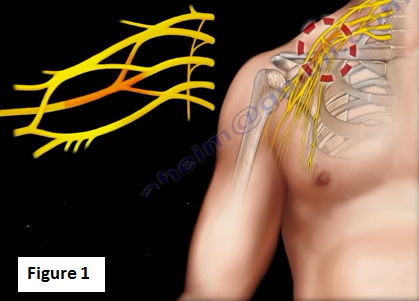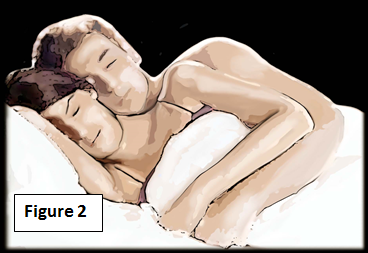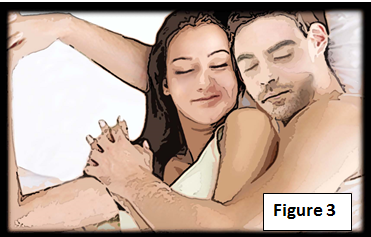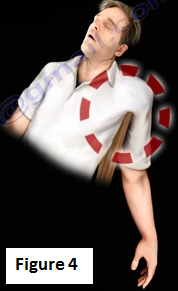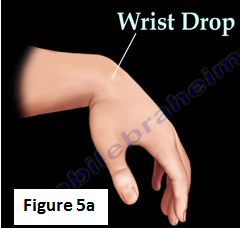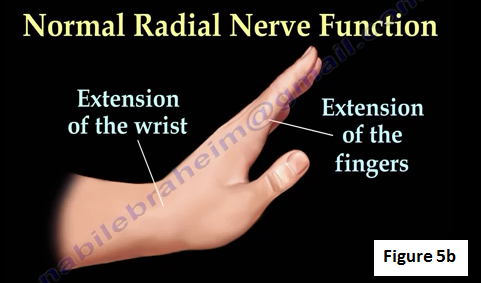Radial nerve palsy is often referred to as Honeymoon palsy, Saturday night palsy or crutch palsy. This condition involves injury or compression to the radial nerve, near the axilla, in the arm or around the elbow. (Figure 1).The radial nerve originates from the posterior cord of the brachial plexus. This nerve compression may arise from prolonged pressure on the nerve from the surrounding muscles in the arm or the proximal forearm area, or from direct pressure to the posterior aspect of the arm.
A direct pressure mechanism is seen in people who fall asleep on their arms (Figure 2) or when another person falls asleep on their arm (Figure 3), this condition is known as "honeymoon palsy." During the honeymoon, there is a lot of cuddling, snuggling and holding each other. Cuddling or snuggling can lead to the arm falling asleep, becoming numb and will possibly end with wrist drop, that may take a long time to recover. The condition is rare, but can be disabling.
When the condition referred to as Saturday night palsy, alcohol is a factor as a person falls asleep with the back of their arm compressed by a chair back, bar edge, etc. (Figure 4). A third name for radial nerve palsy is crutch palsy. This is compression on the nerve from walking on crutches.
If the muscles are not working properly, the patient will experience the condition known as "wrist drop" (Figure 5a). The radial nerve supplies the extensor muscles allowing for extension of the wrist and fingers in addition to supplying the triceps that extends the elbow (Figure 5b).
A radial nerve injury classically occurs by fractures involving the distal third of the humeral shaft. The patient will have wrist drop and be unable to perform the "hitch hike" sign. If the nerve is compressed at the axilla, the triceps muscle will be affected. The patient will not be able to extend the elbow in addition to wrist drop.
Treatment of radial nerve palsy:
The patient's wrist is usually placed in a brace or cockup splint (Figure 6). Physical therapy will help to maintain muscle strength and avoid contracture, the patient is followed by EMG and nerve studies, it can be done as early as four weeks, to follow the progress of the patient. The nerve usually recovers by itself, in the majority of cases of blunt trauma, it may take four to six months for recovery, about 1 mm/day. The brachioradialis is the first muscle to recover. A nerve exploration, repair or graft may also be needed. Nerve exploration is indicated in open humeral fractures with radial nerve palsy or in conditions that have had sufficient time without nerve recovery. A tendon transfer will be needed if the nerve cannot be repaired or if the function cannot be restored.
For more videos, visit my YouTube Channel:
https://www.youtube.com/user/nabilebraheim
